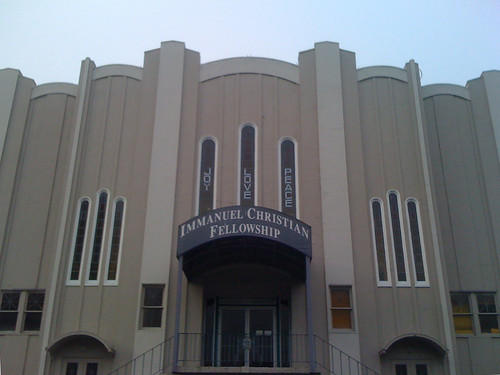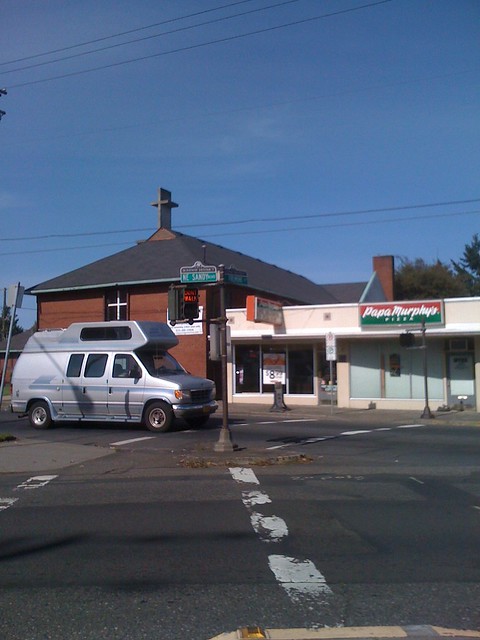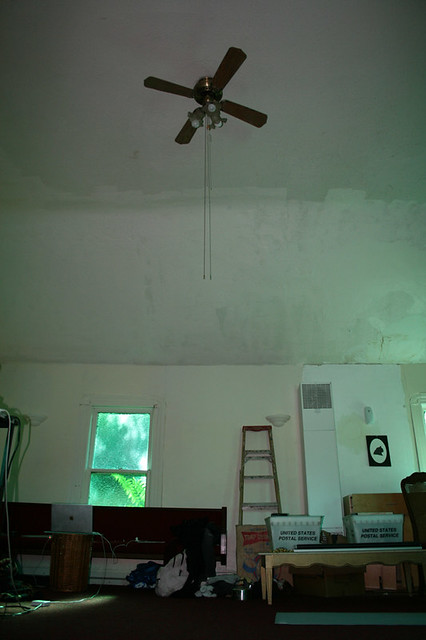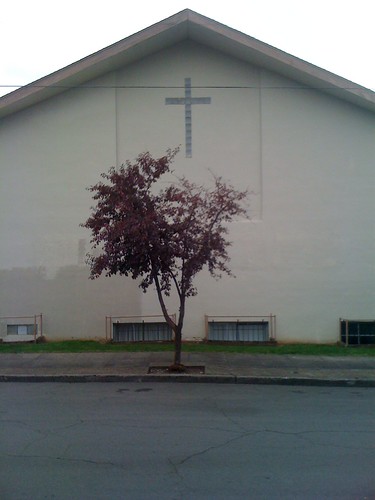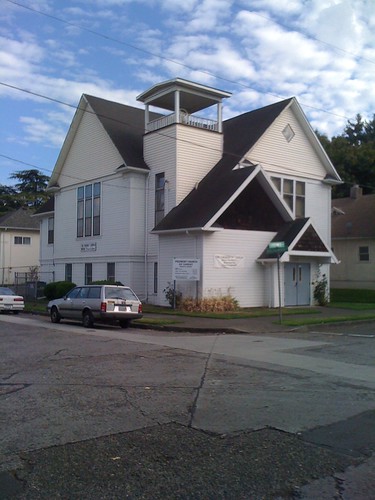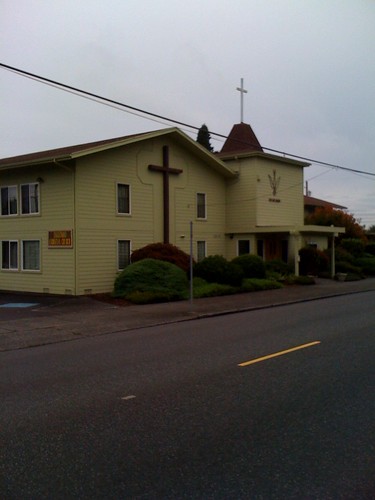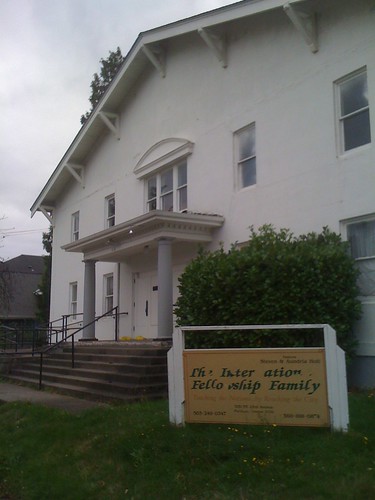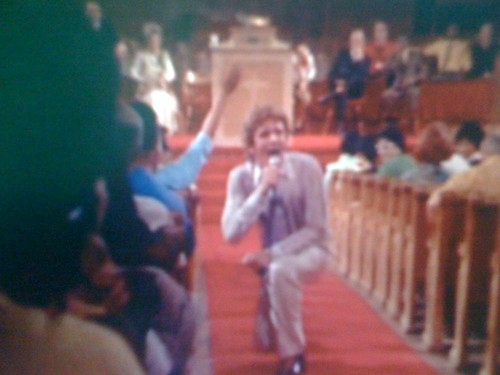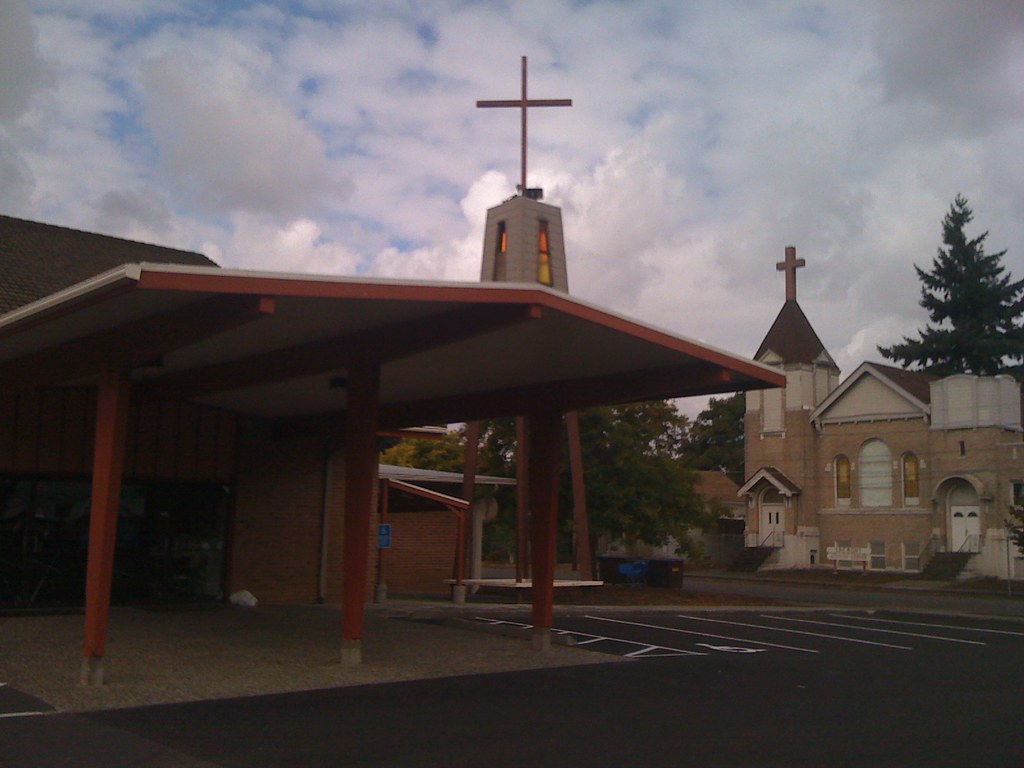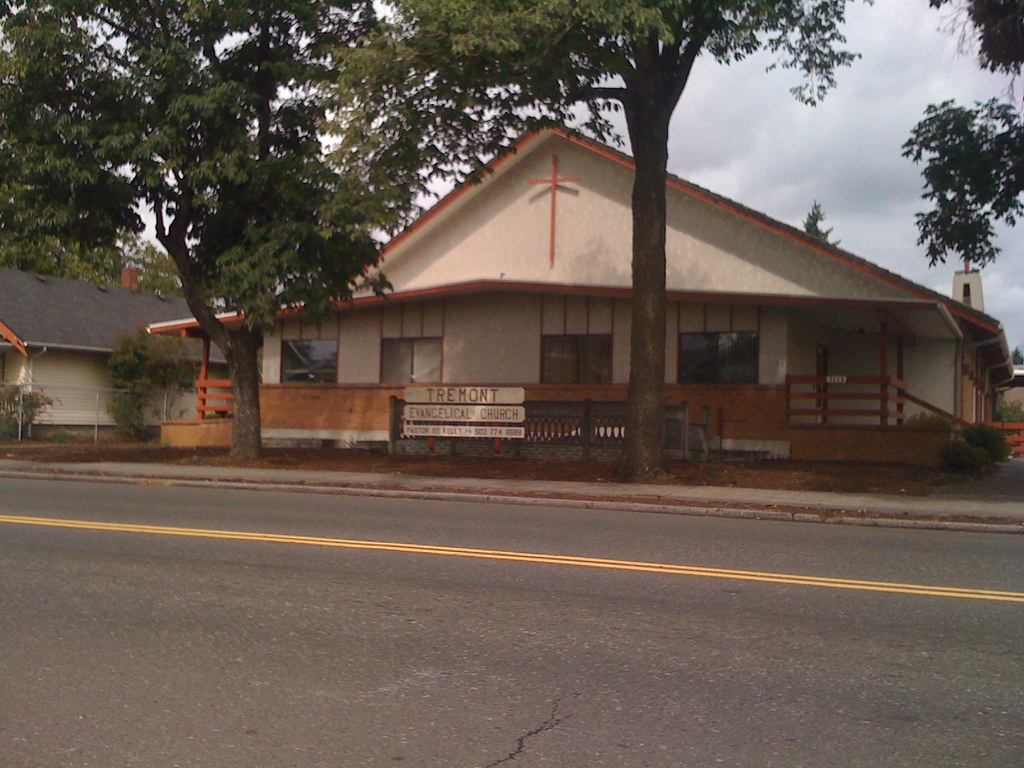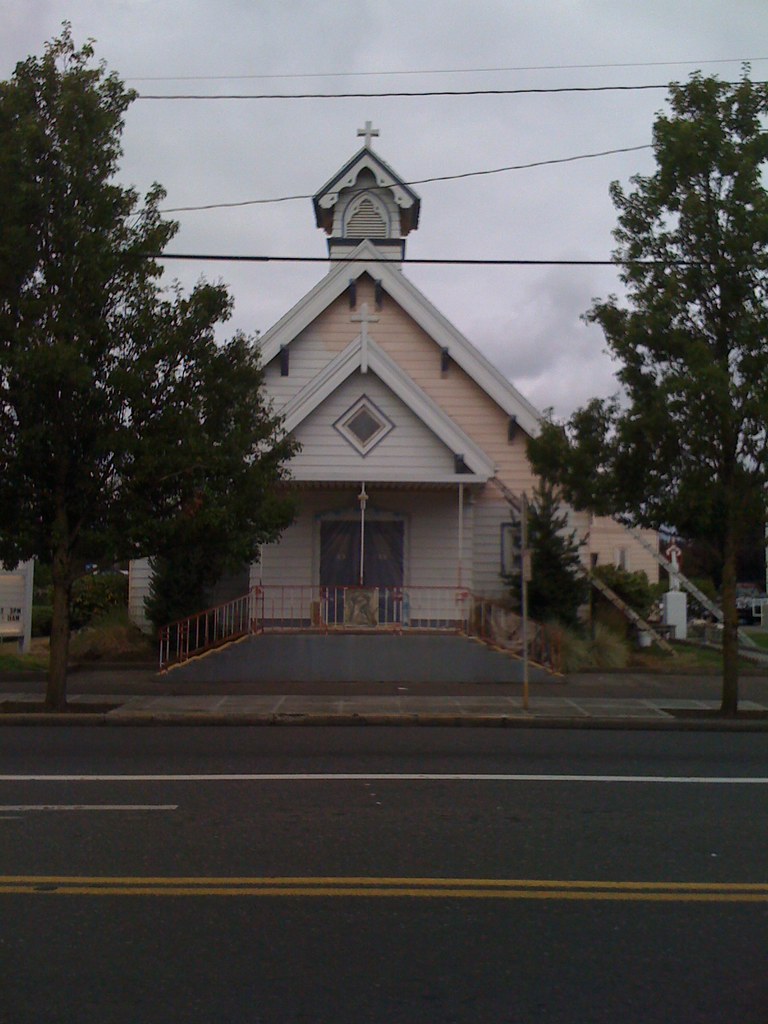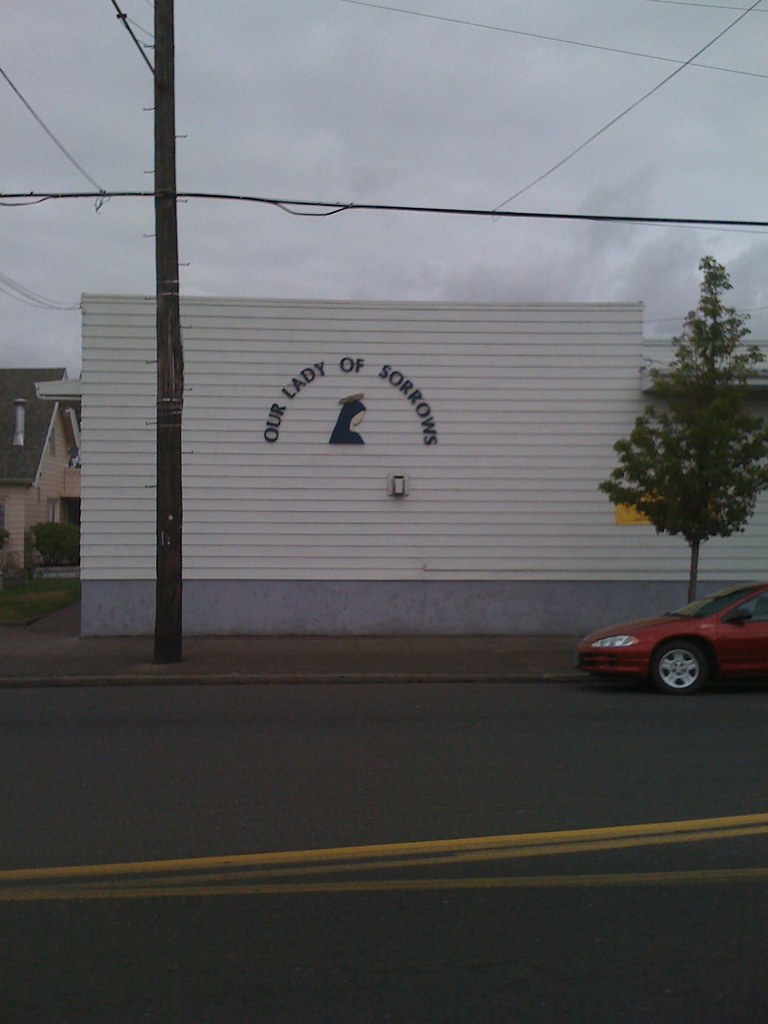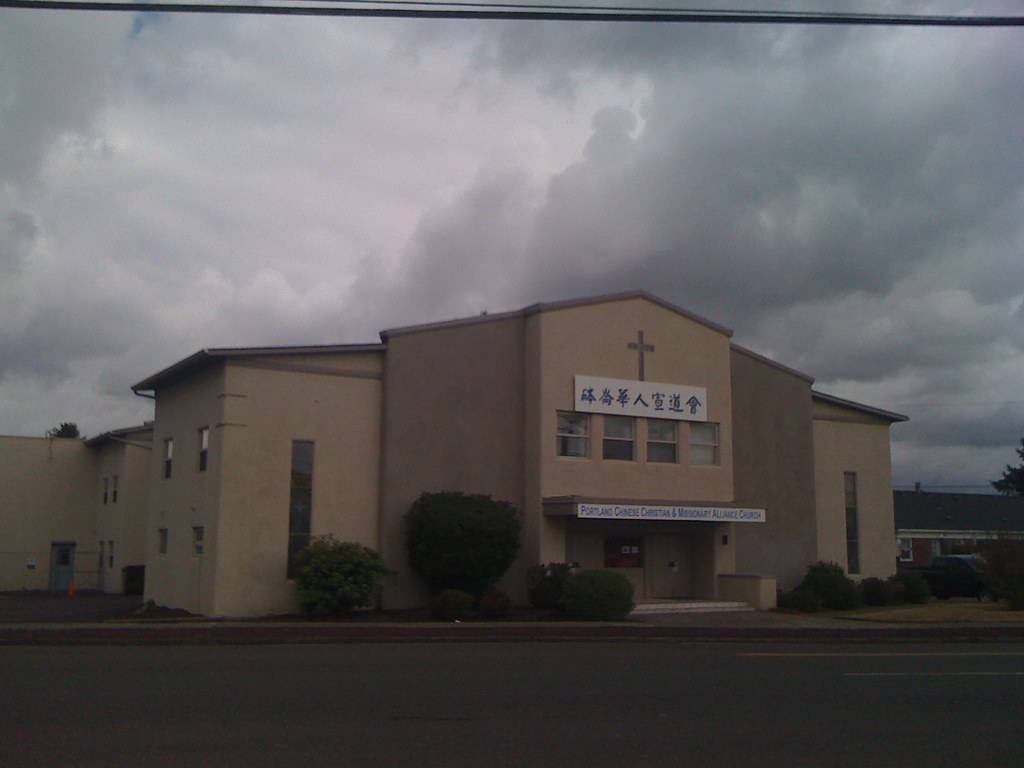Part of me feels like my new life at the church is the confluence of a system of streams and tributaries, all channeling the stuff of dog-eared pages and trickling past efforts into a wide river of dreams and unrealized potential. It's a bit overwhelming.
I'm continuously reminded of connections. Reading articles online, skating to the taco stand, washing dishes; all these activities have a way of reminding me of the multitudinous influences that have resulted in what, for me, amounts to a "value system." I use quotes because, though I've grown accustom to the analogy, a 'system' connotes a much higher degree of rigor than I'm capable of embodying.
Still, there are values that have and continue to shape my decisions and, in turn, my direction—some of them steadier than others. I like to think of these 'systems' as being comprised of singular units, or cells or something of that sort. Each full of an idea or an influence and connected the whole in an array of untold complexity. We often encounter these influences similar to how a cat encounters the edge of a table, that is, we brush up against them—often as a matter of
contingency, to use a word of
one of my favorite philosophers.
This is never more true than while surfing the web.
Recently I've encountered a number of articles outlining an emerging cultural trend—that of an emerging frugality, or 'minimalism'. The gist can be gleaned from the title of a recent BBC piece, "
Cult of less: Living out of a hard drive."
The idea here is that, with technology fastly weaving a virtual alternative to the physical world, a new world of cleaner lines and fewer possessions is imminent. Fewer possessions also means less space required for living. It's a simple concept, something we've probably all thought about—something best exemplified by the virtual "office" analogy, complete with "folders," "files" and a "desktop." These are all physical objects that were once a requirement for "doing business."
(As I'm typing this, I'm wondering what industries aren't currently undergoing a revolution. Computers are changing everything. Read Virnor Vinge's, "
The Coming Technological Singularity" for an unsettling perspective on this.)
Contributing to this new 'minimalism' are two other obvious factors—the economy and our environmental woes. Not only are we adapting to a sharp economic contraction, we are also undergoing a shift in consciousness regarding the environment. Sobering climate reports and population growth trends have strained the call for sustainability, and this has in turn further suppressed economic growth. So in effect, there is a triple convergence of influences (technology/environment/economy) all directing us to reassess what it means to survive and to thrive. Unfortunately, the waking world is slow to catch on.
Business (perhaps inherently conservative) is still stuck in the old model which demands wasteful and redundant commutes, back and forth, back and forth. Having worked a traditional office job (with a traditional commute) I understand the advantages of a synergistic work environment where face-to-face interactions and accountability are the imperative. But the time has come for business leaders to recognize the new landscape that technology allows and strike a balance between "synergy" and technology.
*This means boldly weeding out waste. If I had to summarize what it is to be a 21st Century Minimalist, or among the "Cult of Less"—and believe me I'm not trying to claim fellowship, my friends would laugh themselves out of their chairs! (I have a tendency to accumulate things... some call it "hoarding")—if I had to summarize, I would start by saying it is a faction fundamentally averse to waste. This is something I identify with readily. Somewhere along the way, I became hyper-aware of waste I create. It's become a bit of an obsession—now, it's to the point where I'd rather not create
any, but this is of course wishful thinking, subject to endless interpretation and circumstance.
Nonetheless, it's an ideal that's part of what makes
the church (
God LLC's new home) such a grand upgrade. The church is a place that I believe affirms this notion of "less." It's the embodiment of a value system—an adapted space which devalues religious worship, champions reuse, and despises waste. A dust speck on a dense and vibrant local landscape, where daily amenities are accessible by foot or by bike. A place where work gets done on a computer (much entertainment derived there too), where a proper desk is overkill, a filing cabinet hardly necessary, a television/souped-up stereo/entertainment center shunned, along with CD racks, DVD racks, etc. A bookshelf may yet be serviceable, as I still fetishize books, but
not phonebooks! What is more (or less?), the absence of walls—those intimate envoys of space instruction that can at times feel like your fussy mother went and cleaned and organized your room for you while you were out—makes way for a lovingly open plan, whose airy expanse looks to the
occupant for instruction.
For some time now I've wondered (for about as long as I've been certain that religious orthodoxy is on the wane), what will become of the world's churches? Not the world's famous churches, but the run-of-the-mill churches, the humdrum chapels bespeckling the countryside, the modest worship houses and mid-sized naves, too many to count, in our cities and towns.
According to the lispy Slovenian philosopher (and atheist), Slavoj Žižek, "Churches should be turned into grain silos or palaces of culture."
What I'd like to impart is that adaptive reuse, particularly that of churches, is an exciting prospect. At the intersection of sustainability and preservation, the new minimalism, and the old conservatism.








